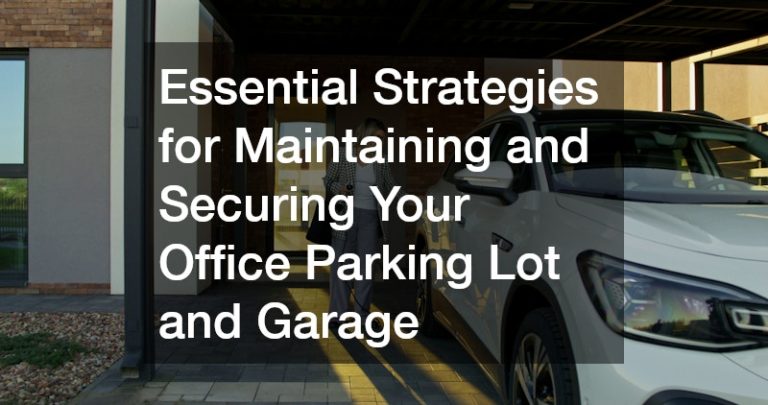It’s inevitable. One day, your child will have to go to school on their own, and you’ll be at home or at work wondering about their safety. It’s no exaggeration to say that parents are often the best at imagining worst-case scenarios. After all, your child isn’t equipped yet with the knowledge and skills that make daily activities and interactions less threatening. It can be a tiresome habit, worrying endlessly about your child as they endeavor in the community without you by their side.
Fortunately, you have the means to reduce the risks to their person and make them more accountable for their wellbeing. It takes a lot of time and effort but teaching them critical safety lessons could mean the difference in certain situations.
Saying No
Saying no can be difficult for a lot of children, especially if they’ve been told growing up that adults know best. While this is true to some extent, they often misunderstand and are forced to participate in uncomfortable situations, like lying on behalf of someone or giving in to peer pressure. There are a lot of grounds to cover when teaching your children to say no, so be prepared to tackle this conversation more than once.
Be open to their questions, and give them specific scenarios when saying ‘no’ is a must. Promote their reasoning abilities so that they are able to communicate better with their teachers, peers, and other adults in their lives.
Trusting Adults
It’s important that you identify to your child which adults they can trust. This makes it easier for them to handle uncomfortable or emergency situations since they’re sure that they are seeking help from the right people. Some of these individuals are their teachers, other faculty members, police officers, firefighters, security guards, cash registrars, and other mothers.
This makes it especially crucial for you to raise them in a community where these people are truly reliable. Choose a neighborhood with credible hospitals, fire stations, police stations, and other such facilities. Narrow down your option based on other critical factors like school. A reputable preschool, with good reviews and a high standard of excellence, will make you and your child feel safer in this respect.

Setting Boundaries
Similar to saying no, setting boundaries must be taught with patience and strategy. This is especially true in family settings where hugging, holding hands, and other gestures are considered ‘polite’. When children are forced into these even when they say they’re uncomfortable, they might find it difficult to refuse or to speak up when similar advances are made to them by strangers.
Setting boundaries will always cause tension to some degree, which is why it’s important that it’s taught properly to children. You can help them practice saying no respectfully, and explaining that they simply don’t like hugs or aren’t comfortable being kissed on the cheek. If they are ever confronted about this, stand by them. What’s more important is that your child feels safe to voice out what they are and aren’t comfortable doing with regards to their bodies.
Using the Phone
Nearly every child nowadays can use a phone as well as adults can. This is a good thing, because phones are crucial during emergencies, and you want your child to be able to respond to one.
Teach them how to make an emergency call even when they don’t know your phone’s PIN. Have them memorize important phone numbers, and have copies of them available in easy-to-reach places in case they forget. These are simple but effective measures that can possibly save lives when something bad happens.
Staying Calm
It’s difficult to stay calm in situations that are new to you. To increase the chances of getting the right response from your child during unwanted situations, practice with them. You can perform regular role-playing games that test how well they can use the phone during emergencies, or what they should say to trusted adults if they feel unsafe. Being familiar with the motions will help them stay calm and remain safe when you’re not around.
There’s no perfect community you can settle in and no measure you can take to foolproof your child’s safety. The best any parent can do is to equip your child to be ready for these situations so that they can protect themselves to the best of their abilities. Continually build upon these skills as they grow older, and you’ll find that you’re less wary about them taking on the world.









